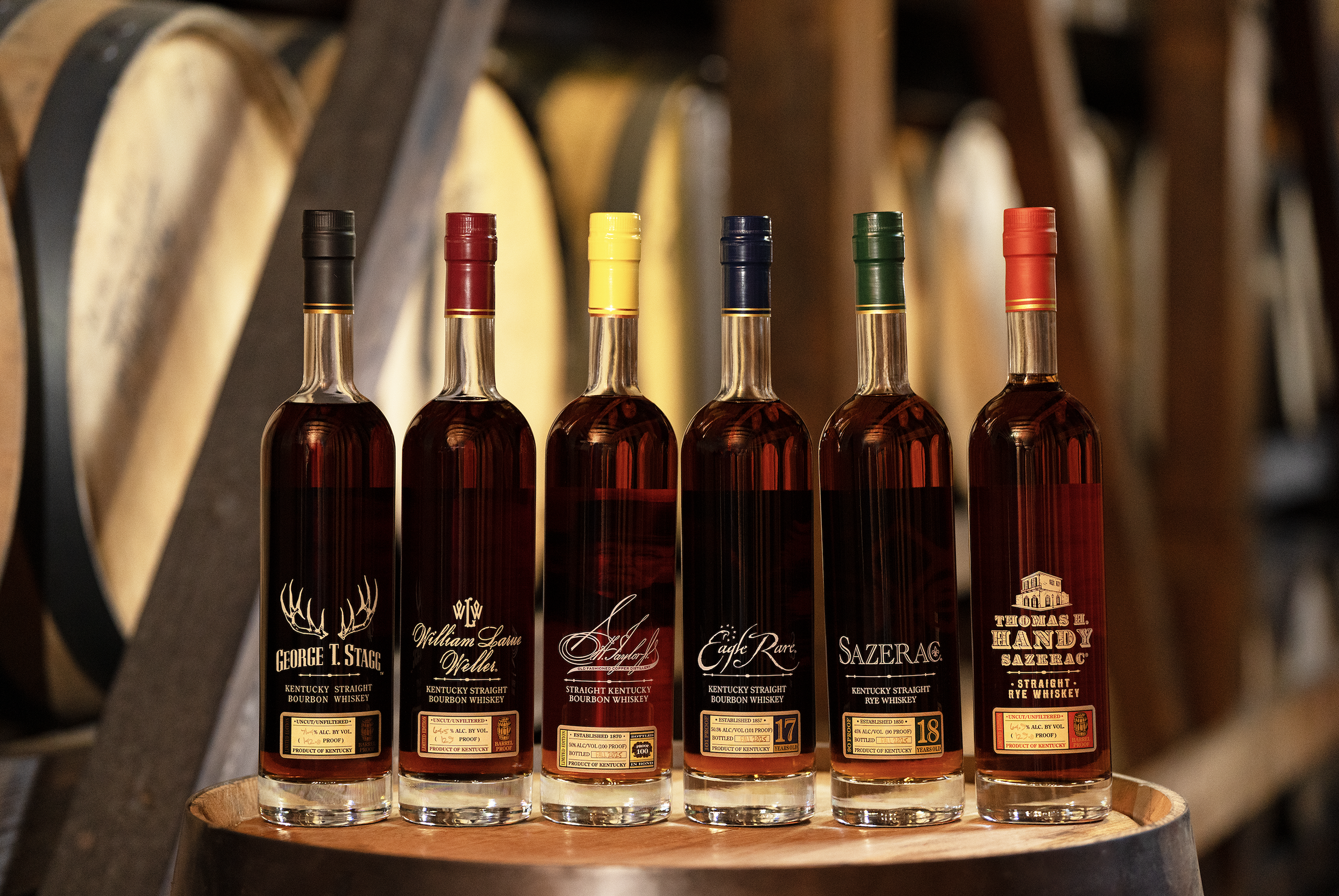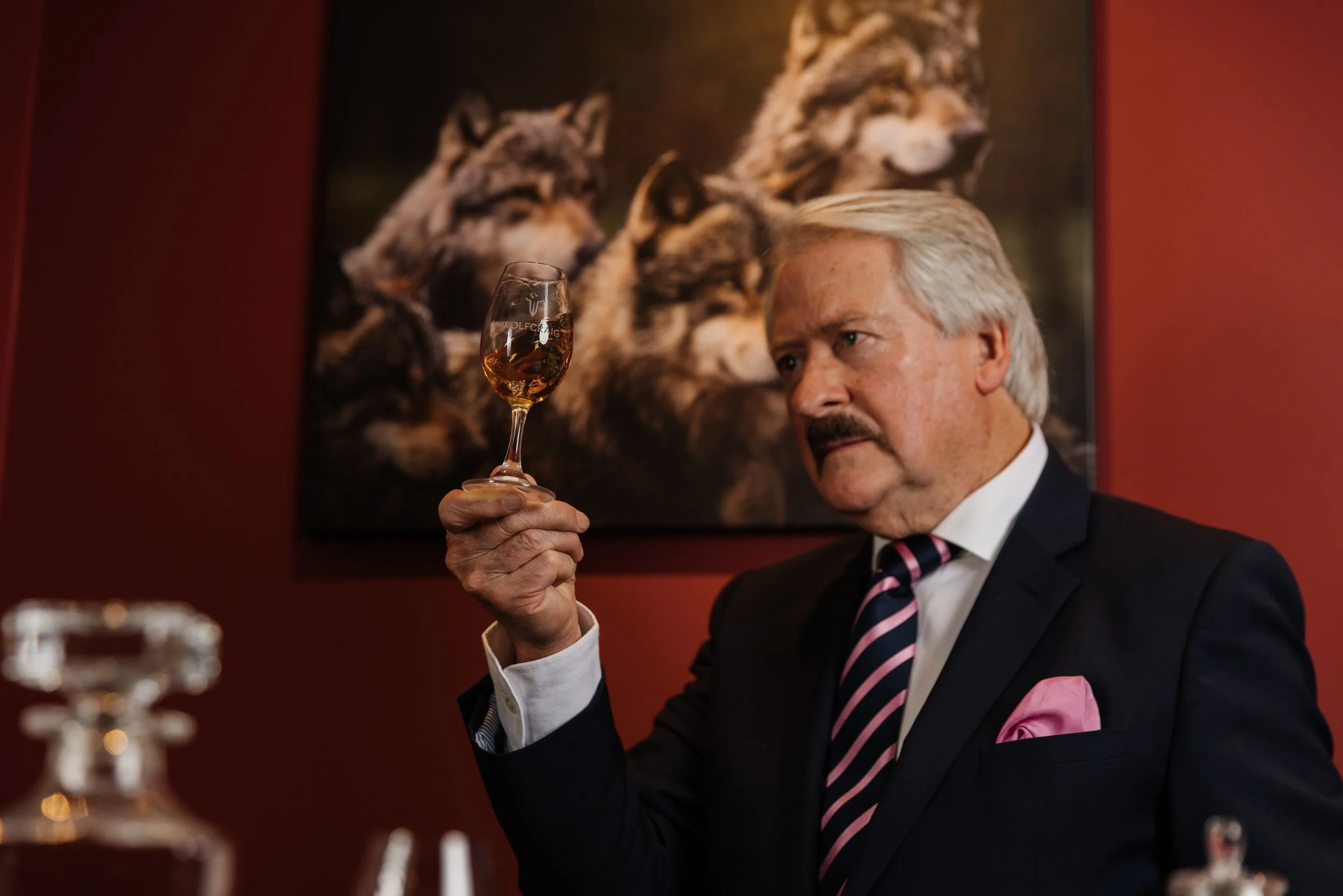Whisky from another planet
Wonderful things are happening with whisky in New Zealand. Gordon Thomson on why a remarkable new Kiwi spirit is just the latest in a long line of understated cultural jewels to have come out of the country
I have never been to New Zealand or Australia. I have a cousin who lives in Perth and friends in Sydney. But I admit that I don’t often think about these places or what if anything they mean to me. So I tried to do that (and you’ll see why shortly).
I’m drawn to the idea of New Zealand over Australia. That’s my rather banal conclusion, although part of me covets the endless days of sun and inventive melting pot of cuisines to be found in the great cities of Oz. If only this paradise wasn’t quite so far away! Perhaps I prefer the notion of New Zealand in the abstract because I’ve bought the cliché about the islands being like Scotland, in terms of the natural beauty of the landscape and ruggedness of the terrain, the unpredictable climate and the attitude and outlook of the people. It instinctively feels closer to the notion of home for me than Australia.
Plus, the Kiwis I’ve met in my life I’ve liked enormously. They were garrulous and straight-talking, with a dry, acerbic sense of humour, one that seems to be shared with the Scots. Drollness of character is something I generally find appealing in people. And the Kiwis do an exceptional line in droll.
‘I will always hold a special place in my heart for Jonah Lomu, the Kiwi man mountain who flattened England’s Mike Catt like he was a cardboard box during the 1995 World Cup’
Back when I used to edit the arts and culture magazine Time Out London, I was friendly with a woman from New Zealand who for a while ran U2’s press operation. I can see why they liked her. She got things done, had a whole lot of fun in the process, and pulled everyone she met into her orbit of joy. The pressure – and there must have been a lot of it looking after the biggest band in the world – didn’t faze her in the slightest. And boy was she droll. I suppose you’d have to be to deal with Bono, that or else a raging sycophant. And she sure as hell wasn’t that.
I can count lots of things I love that have come out of New Zealand. The gorgeous music of Crowded House, the astonishingly silly comedy of Flight of the Conchords, the whimsical and boundary-pushing films of Jane Campion (and even Peter Jackson’s, though I had promised myself I’d get through this piece without once mentioning the bloody Hobbit). I’m interested in if superbly ignorant of Maori culture; and of course, as a Scotsman who enjoys rugby, I will always hold a special place in my heart for Jonah Lomu, the Kiwi man mountain who flattened England’s Mike Catt like he was a cardboard box during the 1995 World Cup. Despite this, even my English friends say they get goosebumps at the Haka.
I love Kiwi wine too.
I am rather ashamed to say that until recently I had no inkling that this country was making beguiling whisky. But here we are. Great surprises and happy shocks are out there waiting to be encountered. You just have to open the bottle. Or, in my case, be in the right room with the right people when the bottle is opened.
‘It felt distinctly Kiwi. Understated. No messing. Straight down the bloody line, mate. And, okay, it happened to have my surname on the bottle, too’
A group of us had gathered at Whisky Exchange’s London HQ to celebrate the launch of the new edition of Dave Broom’s World Atlas of Whisky. Dave was going to do a talk (always a treat) but rather than simply natter away about the book, he would take us on a sensory tour of it, via seven drams that encapsulated the new horizons of whisky he had set out to chart (a monumental 10-year odyssey as it transpired). Speciality Drinks’ Head Buyer Dawn Davies – Broom’s longtime partner in drams, who also has a palate to die for – was our conductor of ceremonies. Pretty much the perfect gig.
I’m not going to run through the whole list of whiskies we drank that evening or even dwell on Dave’s illuminating commentary. All seven drams from around the globe were quite remarkable in very different ways.
It was whisky number six, the New Zealand entry on Dave’s tasting list, that caught my eye.
‘Thomson Manuka Smoke Single Malt.’ Yes, this was the one. I liked the utilitarian sound and look of the words straight away. It felt distinctly Kiwi. Understated. No messing. Straight down the bloody line, mate. And, okay, it happened to have my surname on the bottle, too. But I promise you that bore no influence on the ardour that came over me once I’d tasted it.
Thomson Manuka Smoke Single Malt: ‘my scrawled notes from the night say smoke, pork, oily, herbs, intense depth and structure, quite spicy, wild berries (maybe?). Not exactly the Dead Sea scrolls.
My scrawled notes from the night say ‘smoke, pork (?), oily, herbs, intense depth and structure, quite spicy, wild berries (maybe?)’. Not exactly the Dead Sea scrolls. In my defence, five drams had already been sunk.
Dave explained that New Zealand has had to find its own way with whisky, a by-product of it being so far from the resources required to make it. ‘Location can do much to dictate a mindset,’ as he writes in his Atlas. So, it grows its own barley, the climate akin to the north-east of Scotland helping out in this department. It’s sweeter barley though. Stills can’t easily be ordered and shipped from Speyside so instead they are often homemade.
This new wave of whisky makers (there are now around 10 distilleries across New Zealand’s two islands) like to smoke their malt. They can do this with the local peat (yes, they have that too) or they can smoke it over wood from the manuke tree, technically a shrub, which is native to New Zealand and south-east Australia.
The manuka, or kahikātoa in Maori, was also called ‘tea tree’ by Captain Cook. What it’s best known for is honey. The nectar from the flowers, turned into honey with the help of bees, has been used for hundreds of years as medicine and has antibacterial and anti-inflammatory properties. You can taste this medicinal, honey-toned essence in the whisky.
‘The manuka, or kahikātoa in Maori, was also called tea tree by Captain Cook. What it’s best known for is honey’
Mathew Thomson, who runs the Thomson distillery with his wife Rachael, pioneered the smoking of manuke wood around a decade ago and in doing so has created a highly distinctive character for the spirits produced here.
‘Place influences flavour in many subtle and not so subtle ways,’ Mathew Thomson told Broom. ‘All we wanted was for the New Zealand whisky world to be proud of something that didn’t exist ten years ago. There’s no history of smoking food with peat or using it as fuel. That’s why we use manuka. It’s part of what we are.’
With this vision Thomson have engendered some kind of wild fusion, between the oaky flavours you’d more traditionally associate with malted barley, and that smoke-heavy spicy pork belly-braised-in-aniseed taste you get with some heavier Islay whiskies. Or at least, that is my take. There’s cinnamon and cloves in there. It’s sweet, but it’s a gentle sweetness. In truth, it’s a hard one to pin down.
But as I said, it bamboozled my senses. I haven’t tasted anything quite like it.
Anyway, it’s got my name on it and it’s my current favourite whisky and the latest addition to the list of things from New Zealand that I love. If you’ve never been there, drink this and you’ll be transported.
Cheers to a droll dram of dreams.





